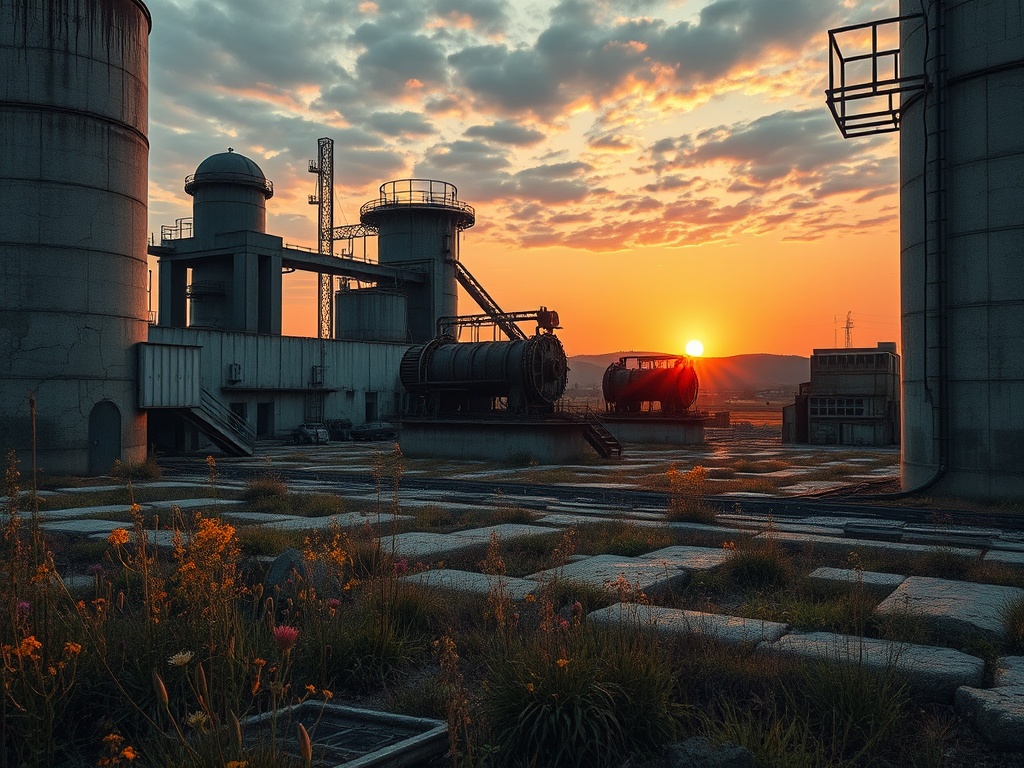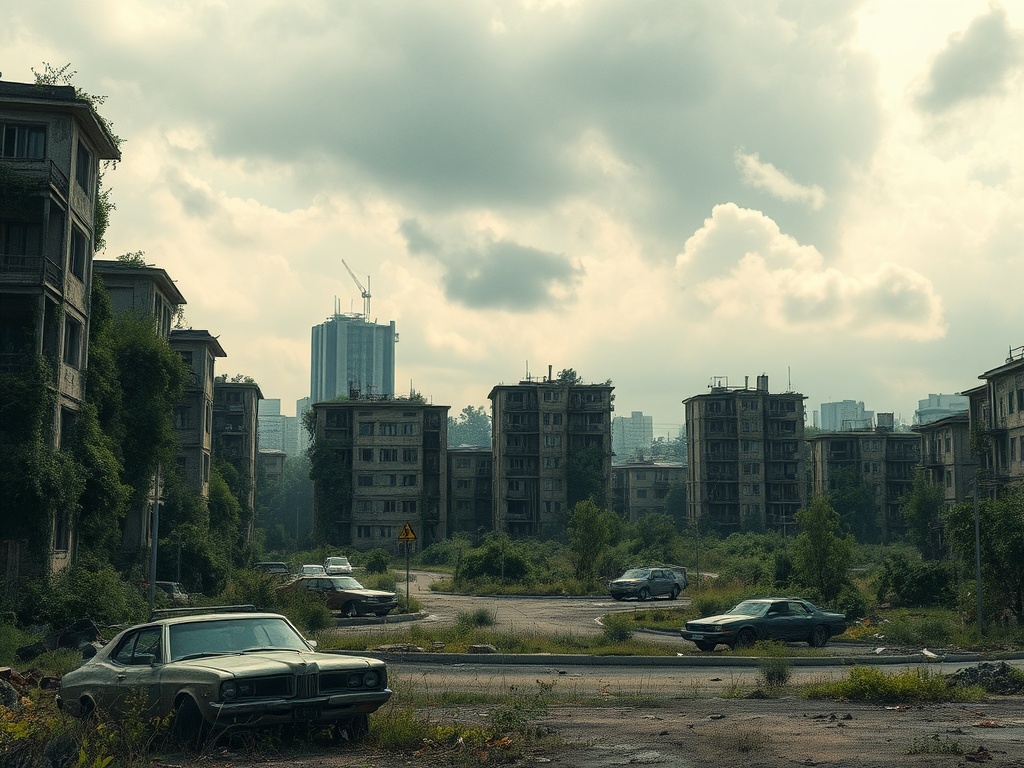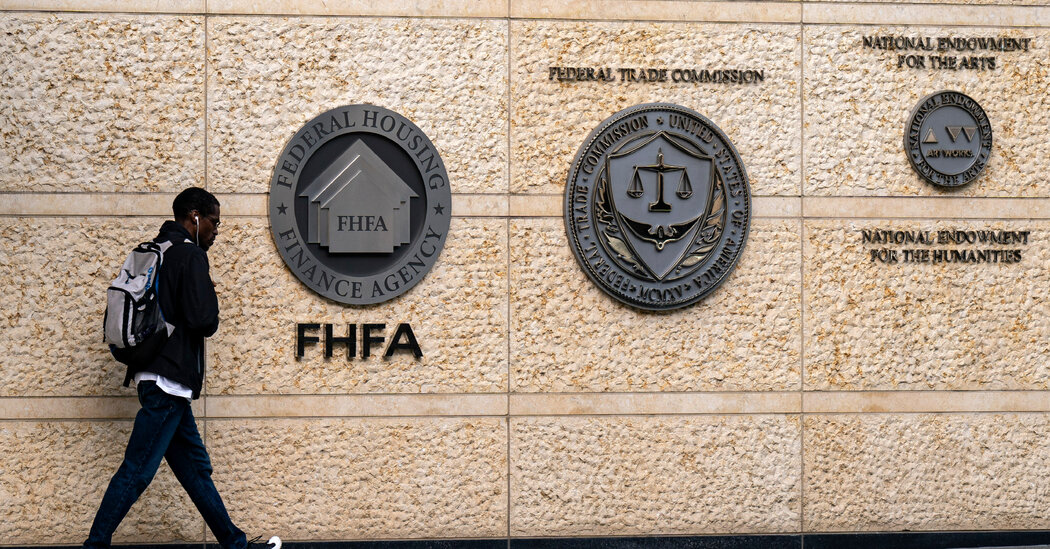Exploring Atomfall: A Journey Through an Alternative History

Atomfall, an ambitious open-world role-playing game, invites players to traverse the lush, rolling hills of the English countryside during the mid-20th century. However, despite its picturesque setting, the game is marred by design choices that evoke the feeling of stepping back in time, reminiscent of titles from over a decade ago. Throughout my experience, I encountered a plethora of narrative clichés, one-dimensional characters, and uninspired enemies, all of which detracted from what could have been a captivating adventure.
The latest offering from Rebellion, a studio based in Oxford renowned for the Sniper Elite franchise, weaves a tale rooted in an alternative history focusing on the 1957 Windscale fire. This incident stands as the most severe nuclear event recorded in British history. The catastrophic fire, which took place in one of the two nuclear reactors located in the scenic Cumberland region of northwestern England, inadvertently released radioactive materials into the surrounding environment. Ironically, the British government minimized the disaster’s impact, a theme that resonates throughout Atomfall.
The game opens with a sequence of newsreel footage that depicts the military sealing off the quarantine zone surrounding the reactor, setting a foreboding stage for the player. However, my initial confidence in Atomfall quickly waned. I found myself awakening in a dimly lit bunker, roused by a frantic scientist clad in a hazmat suit, whose pronounced wound indicated he was in dire straits. In response to my character’s bewilderment, the scientist hurriedly laid out the grim circumstances: “You’re trapped in the quarantine zone around the Windscale atom plant. That’s where it all went wrong.”
In the lore of Atomfall, the Windscale incident follows a clandestine scientific breakthrough, but let’s be clear: in this era of video games, resorting to an amnesiac protagonist should only be considered if the narrative is poised to deliver mind-bending twists. As I stepped out of the bunker into the blinding daylight, much like the iconic moments of the Fallout series, I soon encountered a band of outlaws. They warned me to back away, threatening trouble if I didn’t comply. Perhaps if they had engaged me in a meaningful dialogue, I would have chosen a different path rather than resorting to violence. Yet, everything about their demeanor suggested they were mere disposable adversaries, devoid of depth or significance.
Continuing my journey, I made my way to Wyndham Village, a seemingly ordinary settlement patrolled by military personnel while the local inhabitants went about their daily lives. This juxtaposition of military authority and civilian life painted a picture of a society grappling with the aftermath of the nuclear disaster, but unfortunately, the game often fails to delve deeper into these intriguing dynamics.




